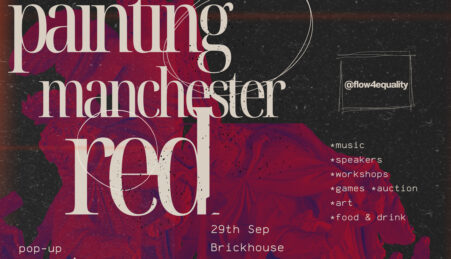
Do you remember 2001? A lot of stuff happened. In March, before all the really bad stuff started happening, we had Comic Relief. And with Comic Relief came two new works from the mind of JK Rowling: Quidditch Through the Ages, and Fantastic Beasts and Where to Find Them.
Here’s some interesting news, Fantastic Beasts and Where to Find Them is getting a big screen adaptation. We’re told the action will begin in 1930s-ish New York, and then follow alleged Fantastic Beasts author Newt Scamander in his numerous exploits. So no Harry, and no Voldemort. But that’s okay – they’ve had their screen-time.
Joanne herself will be on writing duty, and the money will be coming from Warner Brothers. Production will be handled by filmic Harry Potter veteran David Heyman. No director has been announced yet, but this reader believes that the benevolent god of an ideal world would pick Alfonso Cuarón, director of The Prizoner of Azkaban and partner to Heyman in said Potter film and also in recent Oscar-scooper, Gravity.
Last September the first news emerged via the New York Times, and solidified on March 29th in an NY Times profile on Warner Brothers CEO Kevin Tsujihara, where the plans for the new trilogy were laid out proper.
That’s right, a trilogy. And I’m afraid it gets worse. The NY Times used the word ‘megamovies’ to describe the individual units of this new franchise. It’s not clear whether this was the Times‘ word-choice or Tsujihara’s, but either way, there is cause for concern.
So, a trilogy of ‘megamovies’ adapted from a single, minor text. This should sound familiar to all fans of film and fantasy. For a diagnosis on why this corporate, capitalist formula is interesting but also rather flabby and lame, I’d kindly refer you to this piece on The Desolation of Smaug by my good friend and partner in small-time cinephilia, Jack Spillane.
I shan’t dwe ll further on why I dread the trilogising of Fantastic Beasts. But I would like to point out this this is a phenomenon that did not begin with Peter Jackson and The Hobbit.
ll further on why I dread the trilogising of Fantastic Beasts. But I would like to point out this this is a phenomenon that did not begin with Peter Jackson and The Hobbit.
The literary and filmic genres of fantasy, horror, and science-fiction have been around for a while, and they are commonly categorised together, firstly, because they deal with the fantastical, the dreadful, and the possible. Secondly, they are also lumped together because they are produced – and consumed – by a massive bunch of nerds.
And lo, doubt ye not the power of the nerd. After high school, college and university, some of these people grow up, mature to various degrees, and some of them go on to seize control of mankind’s creative industries. Those that do not populate the tri-genre marketplace.
A tendency that both the marketplace and the creative nerd share is a desire – or perhaps a compulsive drive – to flesh out the fantasy, horror, and science-fiction genres which they create together. This drive/desire fuels industry franchises. Ergo, if the sweaty masses will pay for ten Halloween films, ten will be made. The masses will also fund endless universe-expanding Star Wars novels. And don’t think for a minute that we aren’t going to see televised adaptations of George R.R. Martin’s Dunk and Egg stories.
One can’t, of course, blame this capitalist flesh-out-fest of adaptation and expansion entirely on the fans. Many of those working inside Hollywood have made comment on just how conservative and revenue-hungry the industry is becoming. Twin Peaks writer Mark Frost commented in a 2012 online radio interview that ‘craft is at an all time high, and storytelling at all time low.’
‘Craft,’ here meaning showmanship, grandeur, and digital wizardry. ‘Storytelling,’ meaning simply the ability to produce original, compelling, and perhaps risky scripts, not just for the love of the money but also for the love of the art.
You might recognise the kind of movie Frost is talking about at its best in the better entries in the Avengers movie franchise. You’ve seen worst – the general wave of lazily post-processed 3D muck that executives continue to foist on we, the blockhead consumers.
The Hobbit serves as another excellent example of the Frostian Hollywood craft/story conundrum. The two films released thus far are incredibly crafted and available in 3D, iMAX, 48ps, you name it. But they are also packed to bursting with the world building and nerd-indulgement that justified three enormous international films and therefore three times the global profit margins for the studios.
So, on that topic, one can only hope that the Fantastic Beasts and Where to Find Them trilogy will forgo 3D etc. Or, in the more likely scenario that it does not, then one can at least hope that the 3D will be innovative in style, marvellous in craft and, hopefully, not post-processed.
Either way, JK herself is writing the script, and that’s kind of awesome.
Angus is an aspiring writer, hobbyist photographer, and undergraduate student of English and Creative Writing at Manchester Metropolitan University. He is originally from Dundee, Scotland and has been living in Manchester, England since the summer of 2011. You can find all of his online hiding places here.







Leave a reply